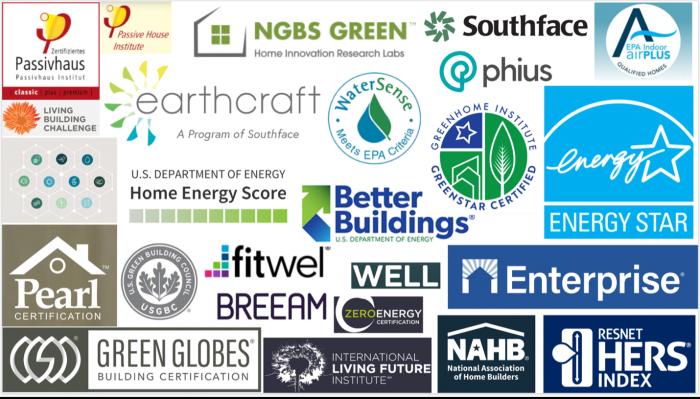
Elevating Sustainability: Green Building Certification Standards
Sustainable practices in construction have become paramount, and green building certification standards are at the forefront of this movement. In the realm of real estate and construction, these standards not only signify a commitment to environmental responsibility but also offer a comprehensive framework for creating buildings that prioritize efficiency, health, and environmental impact.
Understanding Green Building Certification:
Green building certification standards are a set of guidelines and criteria that assess a building’s environmental performance. These standards evaluate various aspects, including energy efficiency, water conservation, materials used, indoor air quality, and overall sustainability. Achieving certification demonstrates a building’s adherence to high environmental and performance standards.
LEED (Leadership in Energy and Environmental Design):
One of the most widely recognized green building certification standards is LEED. Developed by the U.S. Green Building Council (USGBC), LEED assesses buildings based on factors such as energy efficiency, water usage, materials selection, and indoor environmental quality. LEED certification comes in different levels—Certified, Silver, Gold, and Platinum—each representing a higher degree of sustainability.
BREEAM (Building Research Establishment Environmental Assessment Method):
Originating in the United Kingdom, BREEAM is another prominent green building certification standard. BREEAM evaluates buildings based on categories such as energy, land use, health and well-being, pollution, and innovation. BREEAM certification provides a holistic assessment, considering both the environmental and social impacts of a building throughout its lifecycle.
WELL Building Standard:
While LEED and BREEAM focus on overall sustainability, the WELL Building Standard places a specific emphasis on human health and well-being within the built environment. Developed by the International WELL Building Institute (IWBI), this standard evaluates factors like air, water, nourishment, light, fitness, and comfort to promote a healthier and more productive living and working environment.
Advantages of Green Building Certification:
The benefits of adhering to green building certification standards are multifaceted. Firstly, these certifications enhance a building’s marketability, as environmentally conscious practices resonate with a growing segment of the population. Secondly, they contribute to long-term cost savings through energy efficiency and resource conservation. Additionally, green buildings often provide healthier and more comfortable spaces for occupants.
Incorporating Renewable Energy Sources:
Green building certification standards encourage the incorporation of renewable energy sources. This may include solar panels, wind turbines, or other sustainable energy solutions. By harnessing renewable energy, buildings can reduce their dependence on traditional energy sources, lowering their carbon footprint and contributing to a more sustainable energy landscape.
Water Conservation and Efficiency:
Water conservation is a critical aspect of green building standards. Certification programs assess a building’s water usage efficiency, encouraging the implementation of technologies like low-flow fixtures, rainwater harvesting systems, and efficient irrigation practices. These measures not only contribute to environmental conservation but also result in operational cost savings.
Materials Selection and Life Cycle Assessment:
The materials used in construction significantly impact a building’s environmental footprint. Green building certification standards often involve a life cycle assessment of materials, considering factors such as extraction, manufacturing, transportation, and disposal. Opting for sustainable and recycled materials promotes resource efficiency and minimizes environmental impact.
The Role of Innovation:
Green building certification standards continually evolve to incorporate innovative solutions. This adaptability ensures that the standards remain relevant in a rapidly changing technological and environmental landscape. The integration of cutting-edge technologies and practices further enhances a building’s sustainability profile.
Wasl Group’s Commitment to Green Building:
The Wasl Group stands at the forefront of sustainable development, actively incorporating green building principles in its projects. To explore innovative green building practices and the impact of certification standards, visit WaslInfo.org.
In conclusion, green building certification standards are pivotal in shaping the future of construction and real estate. They provide a roadmap for creating structures that prioritize environmental sustainability, energy efficiency, and the well-being of occupants. The integration of these standards not only aligns with global efforts toward sustainability but also positions buildings as beacons of responsible and forward-thinking development.
